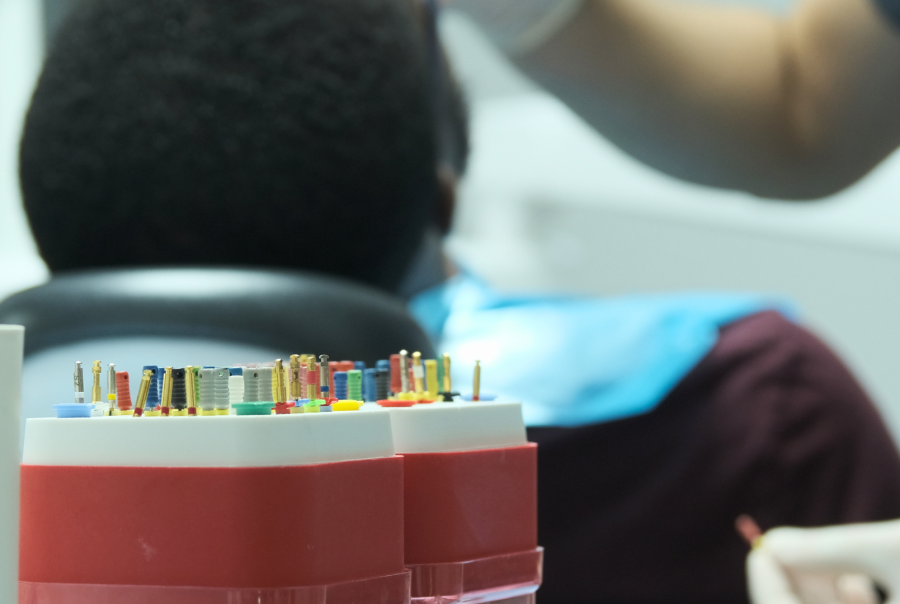Get information about Endodontic Retreatment with the explanation of specialist dentist Mehmet Ali Koldas.
Endodontic Retreatment

Endodontic Retreatment, Prime Dental Turkey.
As the name suggests, endodontic retreatment involves the renewal of a previous root canal treatment due to certain reasons. To explain endodontic retreatment, we must first discuss root canal treatment.
As mentioned in our article on root canal treatment, it involves the removal of infected nerve tissues within the tooth due to decay affecting the inner nerve tissues, fractures and cracks in the hard tissue, or trauma to the tooth. The aim of root canal treatment is to prevent bacteria from entering the inner parts of the tooth. For this, old fillings or crowns on the tooth are removed, and any decay on the tooth surface is eliminated. Then, the tube-shaped root canals inside the tooth roots are cleaned and disinfected with special instruments, removing the affected nerve tissues. The root canals are then widened enough to allow for disinfection. All irregular surfaces that may hinder disinfection are smoothed out, and the canals are thoroughly disinfected with disinfectant solutions. To prevent reinfection, the canals are filled with filling materials, and the root canal treatment is completed.
Although the success rate of root canal treatment is very high with the materials and techniques used today, reinfection can still occur in teeth that have undergone root canal treatment for various reasons. So why might a root canal treatment need to be redone even if it was performed according to all procedures? The primary reason is the anatomical structure of the tooth. In some teeth, the curves in the roots are very sharp, making it physically challenging to navigate and reach the root tip. Some parts of the canal may be too narrow, making it impossible to reach the root tip. If the root tip cannot be reached, complete disinfection cannot be achieved, and reinfection can develop after the root canal treatment is completed. Another reason is that while it may be possible to reach the root tip, the internal structure of the tooth may be porous, or there may be an extensive accessory canal system, making disinfectant solutions less effective. Another reason could be microleakage at the margins of the filling placed over a successful root canal treatment, leading to reinfection of the roots over time. In such cases, retreatment root canal therapy is necessary.
The procedure for retreatment root canal therapy is not different from the initial root canal treatment. After removing the filling or crown on the tooth, the root filling is removed with special solutions and files. The source of the infection is eliminated. If there is an anatomical problem, it is bypassed or the blocked canal is opened. If there is an issue with insufficient disinfection, stronger disinfectants are used for a longer duration to eliminate the newly formed infection. After completing the disinfection process, the root canals are refilled, and the root canal treatment is completed.
Teeth requiring root canal treatment often have inflamed lesions at the root tips. These lesions contain stubborn bacteria that are not easily eliminated. While we can neutralize these bacteria with the disinfectant solutions we use, it can take time in some cases. This means that symptoms like pain may decrease gradually rather than suddenly.
The retreatment step of root canal therapy is the final treatment attempt to keep the tooth healthy in the mouth. If symptoms persist after retreatment or if obstacles to successful treatment cannot be overcome during the procedure, extraction of the tooth may be a more appropriate option.
Mehmet Ali Koldas
He was born in 1989 in Izmir. After completing his primary, secondary and high school education in Torbalı, he went to high school in İzmir Atatürk High School.
In 2007, he started studying at Ege University, Faculty of Dentistry. In 2012, he started his specialization exam in Dentistry and started his residency in the Department of Oral and Maxillofacial Surgery at Süleyman Demirel University.










